Dagwood DAG
Cannabinoid THC Dominant
THC 16.48 - 19.61%
CBD 0.52 - 0.79%
Effect Concentrated
Side Effect Thirst and dry mouth
Flavor Spicyherbal
All AboutDagwood Strain
THC
CBD
Potency
Dagwood strain is a balanced hybrid resulting from the cross of Pineapple Express and Cheese. This cannabis strain is known for its unique flavor profile, blending sweet pineapple and earthy cheese notes. The dominant terpenes include myrcene, caryophyllene, and limonene. Dagwood delivers a balanced high that starts with a cerebral uplift, followed by a relaxing body effect. It's often used by medical marijuana patients to alleviate symptoms of stress, anxiety, and chronic pain, providing a well-rounded experience that soothes both mind and body.
Growing Details
Growing Dagwood marijuana can be a rewarding experience for cultivators of all levels. The plant exhibits strong, vigorous growth and produces dense, trichome-covered buds. Dagwood adapts well to various environments and is resistant to many common pests and diseases. With regular care and maintenance, growers can expect a generous yield. This strain’s robust nature and high-quality harvest make it a favored choice among cannabis enthusiasts seeking a potent and flavorful hybrid.
Side Effects
Simply let us know how this strain tastes or write a detailed review.
Dagwood Strain Cannabinoids
| THC | Tetrahydrocannabinol, or THC, is a major cannabis chemical compound. It is a psychoactive element that stimulates dopamine release and induces euphoria or happiness. THC-rich strains may be helpful with such conditions as lack of appetite, chronic pains , etc. It is considered to be the primary active marijuana component. | 16.48 - 19.61% |
| CBD | Cannabidiol, or CBD, is a major compound in cannabis, which is non-psychoactive. It is also proved to counteract the side effects of the second major component THC. CBD is widely used for medicinal purposes in rubs, oils and so on. It is helpful in muscle pain cases, may treat arthritis and migraines. Even Greeks used it against pain, while Queen Victoria applied it to get rid of menstrual cramps. | 0.52 - 0.79% |
| CBC | Cannabichromene, or CBC, is a minor cannabinoid, meaning that its quantity in cannabis is quite little. Though it has the same origin as CBD and THC, it is different in functions. Without any psychoactive effects, it is an efficient cannabis compound in combating acne and depression. CBC produces analgesic, antibacterial and anti-inflammatory effects. | 0.06 - 0.32% |
| CBG | Cannabigerol, or CBG, is one of the minor cannabis compounds in adult plants. On the other hand, young ones contain a lot of this antibacterial and anti-inflammatory component. During the growth, CBG is converted into different cannabinoids, mostly THC and CBD. The compound itself increases appetite and decreases eye pressure. | 0.07 - 0.6% |
| CBN | Cannabinol, or CBN, is a trace element in cannabis that is considered to be mildly psychoactive. It appears from oxidation THC, exposed to light and heat. CBN is mostly contained in old cannabis and in traditional hashish. It is effective against insomnia, bacterial infections and appetite loss. | 0.3 - 0.24% |
| THCV | Tetrahydrocannabivarin, or THC-V, is a compound contained in cannabis in trace amounts. Even though it is close to THC molecularly, it is different in effects. This compound may be psychoactive only in large amounts. THC-V reduces blood sugar, controls appetite, stimulates bone growth, etc. African Sativa strains are the richest in THC-V. | 0.19 - 0.36% |
Dagwood Terpene Profile
| Pinene | Pinene is one of the most widespread terpenes in nature, found in pine trees, basil, nutmeg, parsley, and rosemary. Cannabis containing terpene (alpha-pinene or α-pinene) boasts a strong pine scent. Pinene is responsible for anti-inflammatory, pain-relieving, and anti-anxiety effects. | 0.11% |
| Myrcene | Myrcene (also known as β-myrcene) is one of the most common terpenes found in cannabis, representing more than 20% of the modern marijuana terpene profile. Myrcene has a distinct earthy, musky flavor, resembling cloves. It is responsible for calming and soothing effects of weed. Myrcene is also found in hops, thyme, mango, lemongrass, guava melon. | 0.17% |
| Ocimene | Ocimene (derived from the Ancient Greek word Ocimum meaning basil) is a terpene with sweet and herbaceous flavors, also boasting citrusy and woody undertones. Naturally, ocimene occurs in mint, parsley, orchids, hops, kumquats, mangoes, basil, bergamot, lavender, and pepper. Offers antifungal, anti-inflammatory, and antiviral properties. | 0.09% |
| Humulene | Humulene (also known as α-humulene) is one of the major terpenes found in cannabis, contributing to woody, earthy, spicy, herbaceous, and, mainly, floral aromas of cannabis. Used in modern medicine, humulene offers anti-inflammatory, antibacterial, and appetite suppressant effects, which have been well-researched by pharmaceutical companies. | 0.16% |
| Limonene | Limonene (also known as d-limonene) is the second most common terpene in nature and the third most common terpene in cannabis. It has a powerful citrus aroma and can be found in all citruses, including lemons, oranges, grapefruits, limes, juniper, etc. Limonene is known to elevate moods and provide anxiety, depression, and stress relief. | 0.09% |
| Linalool | Linalool (also known as beta linalool, linalyl alcohol, linaloyl oxide, and p-linalool) is one of the rarest terpenes found in cannabis, mostly in small quantities. Linalool is known for its spicy and lavender aroma, bringing relaxation and calming effects. It is also said to provide anti-inflammatory and analgesic properties that can be useful for athletes. | 0.17% |
| Caryophyllene | Caryophyllene (also known as beta or b caryophyllene) is a terpene found in many herbs and spices, such as black pepper, basil, rosemary, and oregano. Cannabis high in caryophyllene delivers a strong spicy, peppery aroma, resembling cinnamon and cloves. Caryophyllene offers potent anti-inflammatory and sedative effects. | 0.22% |
| Total terpenes content | 1.01% |
Growing Info
Similar Strains
THC 20 - 23%
CBD 0.85 - 1.33%
Effect Tingly
Flavor Peach
THC 15 - 19%
CBD 0.16 - 0.87%
Effect Giggly
Flavor Lemon
THC 12.25 - 14.75%
CBD 0.4 - 0.84%
Effect Happy
Flavor Spicyherbal
THC 18.8 - 20.8%
CBD 0.41 - 0.52%
Effect Sleepy
Flavor Diesel
THC 22 - 25%
CBD 0.61 - 0.31%
Effect Sleepy
Flavor Mint
THC 13 - 17%
CBD 0.51 - 0.99%
Effect Happy
Flavor Diesel
THC 19.33 - 20.67%
CBD 0.65 - 1%
Effect Giggly
Flavor Pine
THC 18.63 - 22.3%
CBD 0.58 - 0.99%
Effect Sleepy
Flavor Pine
THC 7.5 - 8%
CBD 0.02 - 0.3%
Effect Uplifted
Flavor Apricot
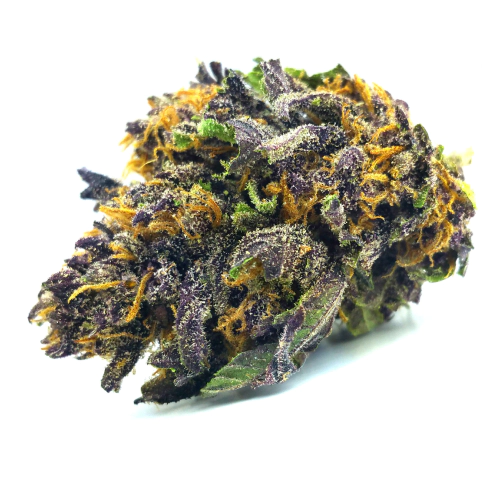
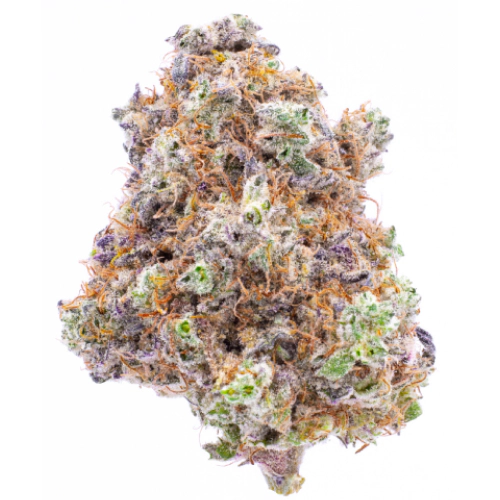



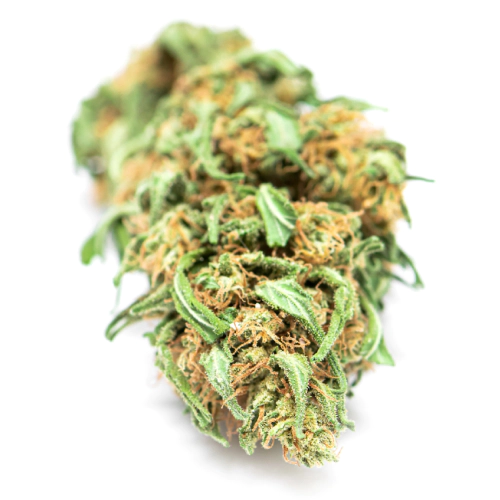

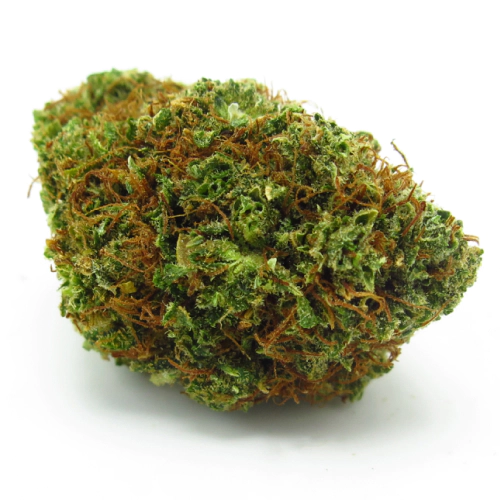
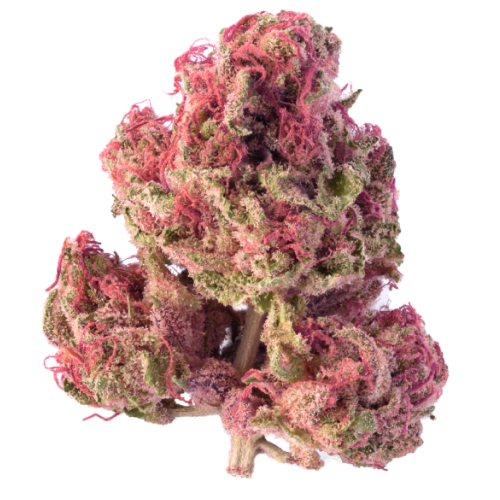
Be the first and share your opinion
Write a Review